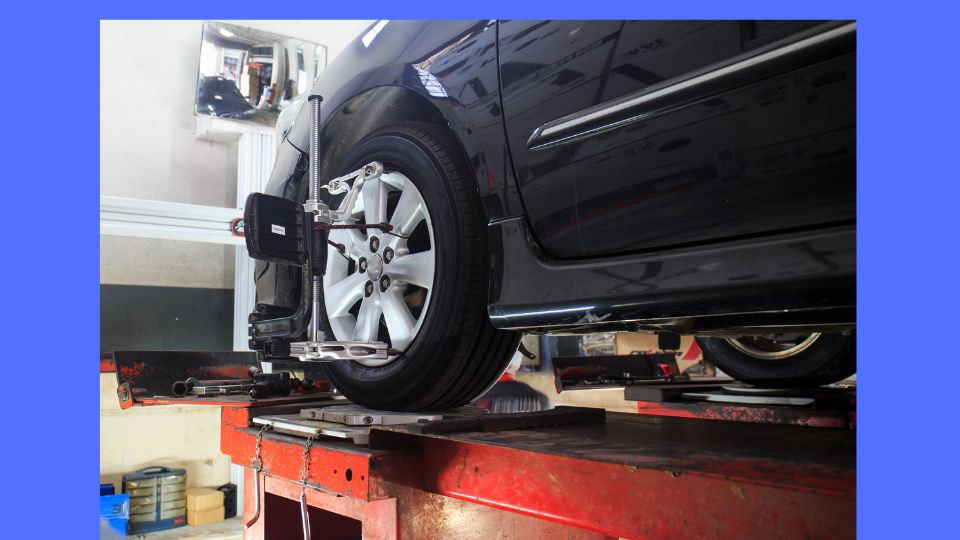In manual transmission trucks, replacing the clutch plate is vital in ensuring connecting the gearbox to the engine and providing the truck with power. The clutch plate is one of the parts of the transmission system that face wear and tear. But this depends on an individual driving style and the environment in which your truck is regularly driven.
If you drive more often in a city traffic jam, your clutch plate will likely wear out faster than those who mainly do highway driving. And the clutch plate of a truck driven on hilly terrains also wears out rapidly. Here is how to go about replacing the clutch plate of your truck.
Replacing The Clutch Plate Of Your Truck
You might be in a dilemma and wondering how to know if your clutch plate is worn out. Generally, a clutch plate gives prior warnings before wearing it out. Such warnings will aid you in determining when to replace your clutch plate, and here are some of the warnings you should pay attention to and know whether it is time to consider replacing the clutch plate.
Soft Clutch
When you press the clutch pedal and note that it is soft is a sign that your clutch plate is worn out. When it is very soft and spongy, it indicates that the wear and tear are intense. Consider releasing the clutch pedal as you engage gears when in such a situation. Visit the nearest auto repair shop for clutch plate replacement.
Shuddering
Shuddering is another sign worth not ignoring once you note it on your clutch pedal. When it shudders at low speed, the clutch plate might have impurities like oil, and also, the clutch plate might be worn out consider replacing it as soon as possible. Shuddering can also result from loose bell housing bolts, broken engine mounts, and spoilt clutch linkage.
Slipping
The clutch has a life span, and when it comes to an end, it will start slipping. Slipping is the inability of the clutch to engage or disengage whenever your press the press clutch pedal. The engine RPM increases even if your truck is not moving faster. Slippage is obvious when overtaking, going up the hill, or hauling heavy objects. When your clutch slips, it will overheat, which will cause additional wear and strain.
Noise
Whenever you hear a grinding sound when you press the clutch pedal is an indication that your clutch plate is worn out. The noise results from defective bearings. Replacing bearings is easy and not costly, but if you ignore them, you can end up with expensive repairs that result in additional damages.
Faulty Cylinders
Faulty cylinders, bearings, and a fork can make your clutch plate fail. For your clutch to function well, all its components must work properly. In the case of a direct linkage clutch, when some parts become faulty, you only need to change the cable linkage.
Conclusion
If you are that person who mainly drives during rush hour and you usually spend more time on the clutch and brake pedals, then the lifespan of your clutch plate is limited. Spending more time on the clutch pedal is a threat to the engine and the general lifespan of your truck clutch plate. Your clutch can serve you for more than 70,000 km if well maintained. Shared above is all about replacing the clutch plate in your truck.

